Admit it:
You’re not sharing content just to entertain Facebook fans, make them laugh or lighten their day, right?
You’re growing an audience.
You want them to connect, engage and at some point perhaps also hire you or buy your products.
But it’s so bloody hard, isn’t it?
Post after post you share falls flat on its face. A handful of likes they receive mean nothing. And you begin to wonder if all the talk about building Facebook audience makes any sense at all….
It does.
But here’s a trick:
To connect with Facebook fans, you need to post exactly the content they would engage with.
And today I’ll show you different content types guaranteed to engage Facebook audiences.
But first…
What People (Want to) Do on Facebook
Before I’ll let you onto the good stuff, let’s discuss how Facebook audiences engage with content in the first place.
What Users Do (and Want to Do) on the Social Network.
The primary reasons why people use the social network, at least according to this research by Ashwini Nadkarni and Stefan G. Hofmann from the Boston University, include:
- The need to belong,
- The need for self-presentation.
According to Statista, most people log in to the social network to:
- Like content,
- Message with others,
- Consume content,
- Comment on photo or post, and
- Check for any new updates from friends.
And the first point on the list comes as no surprise. People use Facebook to build self-image. And by liking or commenting on content they could communicate values they believe in and build a persona.
BTW, to find out more about how a typical Facebook user decides what content to engage with, check out my previous post on the topic here.
So What About Engagement Then
Facebook understands engagement in the simplest possible way – as clicking on a specific button. This typically means taking one of 3 actions:
- Liking an update,
- Clicking on a link,
- Sharing it, or
- Leaving a comment.
Similarly, the social network measures the engagement rate as:
“[…] the percentage of people who saw a post that liked, shared, clicked or commented on it.”
One could argue that actions such as reading the update, viewing an image or clicking on a photo would fall into this category. For the purpose of this post however, I’ll focus on activities defined by the social network.
Why? Because the more actions users take on your content (likes, shares or comments), the greater exposure your brand receives.
So what are those engagement signals?
Like. The simplest action a user could perform signifies their acceptance of the content. Consider every Like you receive as a sign of approval.
Share. A far more valuable action helping to increase the reach of your content. A user clicking the Share button forwards it to his or her connections.
Comment. The highest way of connecting with content. A user indicates that it inspired them to voice their opinion.
So, what content types could help you entice any of these actions from users?
1. Visual Posts
Fact:
Posts including visual elements get shared more. At least according to this research by OKdork:
Turns out that at least twice as many people share content that includes visuals or images.
Furthermore, publishers who specified the actual preview image (via social meta tags) received even greater engagement:
What visual content works well on Facebook:
According to this fantastic resource by Marketo, the most engaged with visual content include:
Quotes
People love reading quotes from influential people.
But posts in which you’ve pulled together quotes from influencers, experts or famous people tend to do well not only as a strategy to attract blog traffic…
…they also help engage social media fans.
Fun facts
Most people log on to Facebook seeking entertainment.
And so, providing them with visuals containing fun stuff only helps them achieve it.
Comic / Cartoons
Cartoon posts make the audience laugh but also, think about various issues relating to your niche.
Collection of Memes
Who doesn’t smile seeing a solid meme…
Now imagine the effect of a whole collection of them in a single post… shared on Facebook.
2. Fun Posts / Quizzes / Trivia
A couple years back, the New York Times did an extensive research to discover why their readers share stories online.
The reasons they uncovered included:
- To bring valuable and entertaining content to one another
- To define themselves to others (give people a better sense of who they are)
- To grow and nourish relationships (stay connected with others)
- For self-fulfilment (to feel more involved in the world)
- To get the word out on causes they care about.
Now, notice how most of these reasons match the primary reasons users log to Facebook…
And so, sharing posts that fulfil any of these reasons guarantees an increase of engagement from users.
3. Posts Answering the Audience’s Questions
Facebook users tend to respond well to posts that promise help in overcoming problems or challenges they face.
Sharing posts aimed at answering the most common questions you heard on social media, forums or email inquiries could help drive the audience’s engagement.
Why question posts work?
Because questions grab our attention.
For instance:
In his book, To Sell is Human Dan Pink shares a story of an experiment conducted at the Ohio State University in which researchers tested the strength of a series of short pitches on changing specific school policy.
And whenever they presented their pitch as questions, participants were more likely to support the change. All because questions forced them to process the information more intensely.
Questions also make readers part of a conversation.
[FORBES]4. Answer Posts
This content promises to offer explanation for a particular problem, challenge or phenomena.
And it works because of another trait of our human nature:
Curiosity.
Back in 1757, Edmund Burke, an Irish statesman said:
“Curiosity is the most superficial of all affections; it changes its object perpetually; it has an appetite which is very sharp but very easily satisfied; and it has always an appearance of giddiness, restlessness and anxiety.”
In the early 90’s, George Loewenstein, coined the term Curiosity Gap referring to our underlying need to fill the blanks in our knowledge.
Apparently, realizing that we don’t know something makes us compelled to find that missing piece of information.
And no surprise, curiosity driven posts tend to attract the highest engagement. A fact that could also explain why Upworthy’s posts receive 152% more Likes than other similar sites (source).
5. Challenge Posts
This post types works in two ways:
One, a blogger sets the challenge for themselves and then, reveals their progress.
Or they set one for the audience (and let them share their progress in comments):
In both cases, the content’s designed to engage the audience while revealing the person’s key qualities (they then often promote and sell).
And it works quite well on Facebook too.
6. Free Resource
Did you know that FREE is the most popular adjective used in advertising?
No surprise that sharing posts offering free resources (i.e. eBooks or other lead generation assets) tend to generate quite an engagement.
First, it’s an incentive hard to miss.
Two, these resources make a promise to overcome a challenge a person might be struggling with.
But…
Unlike other types I mentioned in the post, this types of content generates a different kind of engagement.
You probably can’t expect it to receive many likes or shares.
Clicks on the other hand …. there could be plenty of that….
After all, Free is such a strong incentive…
Conclusion
You’re not sharing content just to entertain people who liked you page.
You’re growing an audience. You want them to engage. Build connection. And eventually, hire or buy from you.
And the only way to achieve it is by continuously share content guaranteed to increase their engagement with your brand.
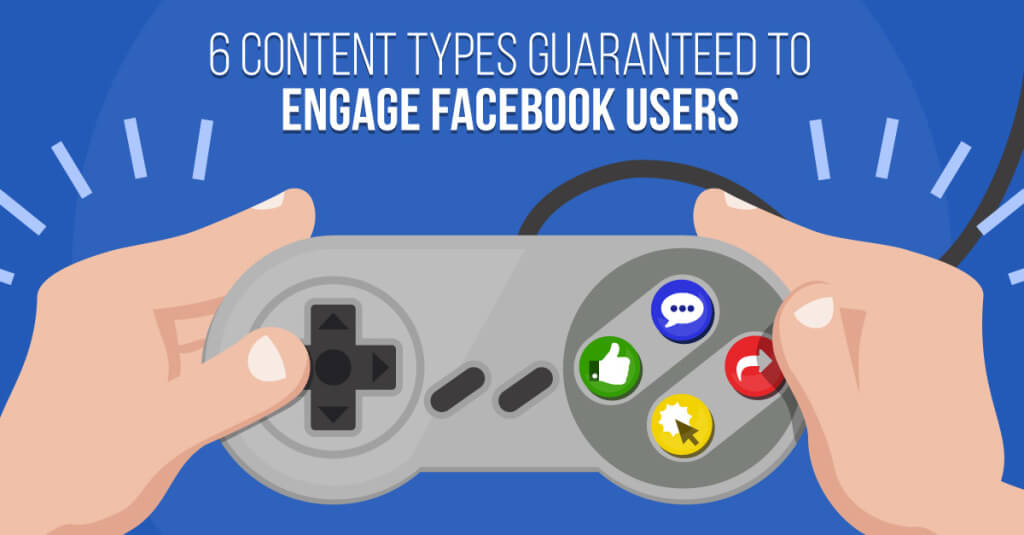
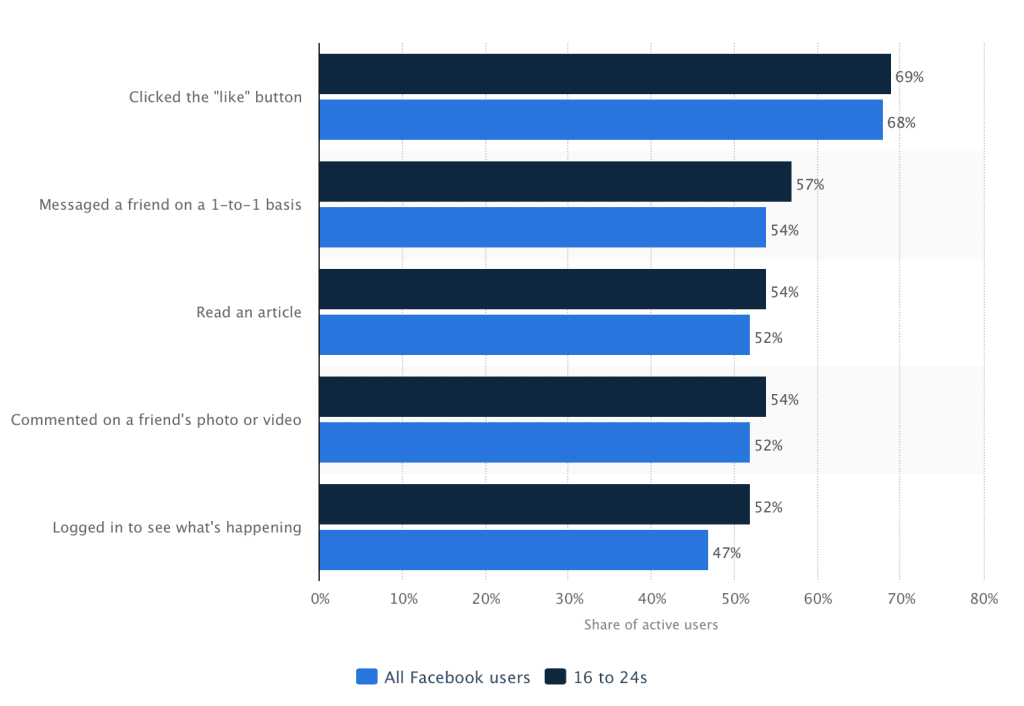

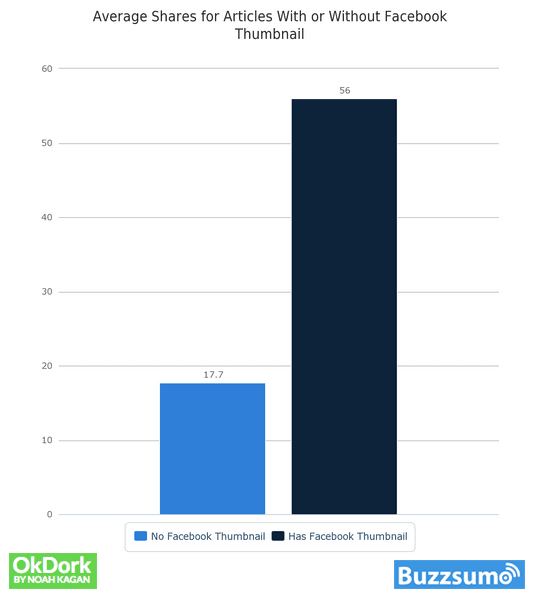
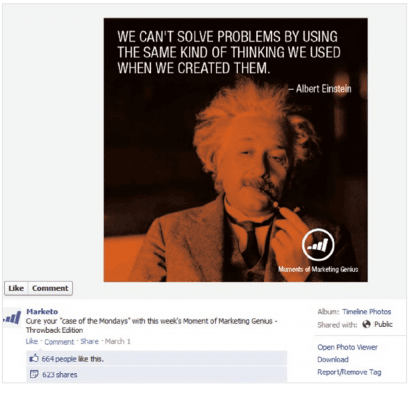

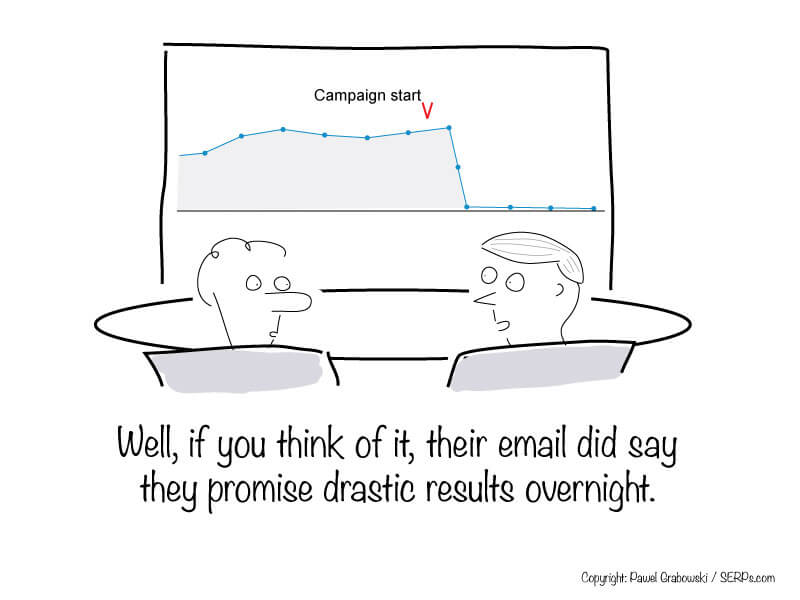

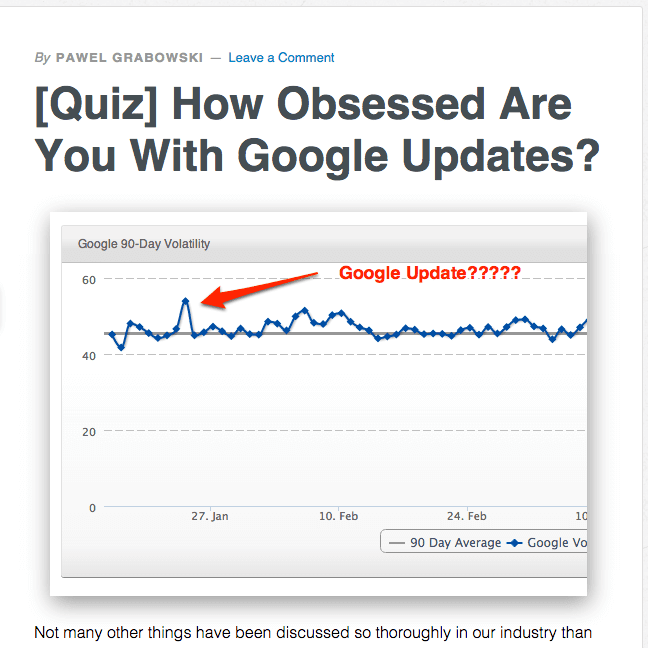
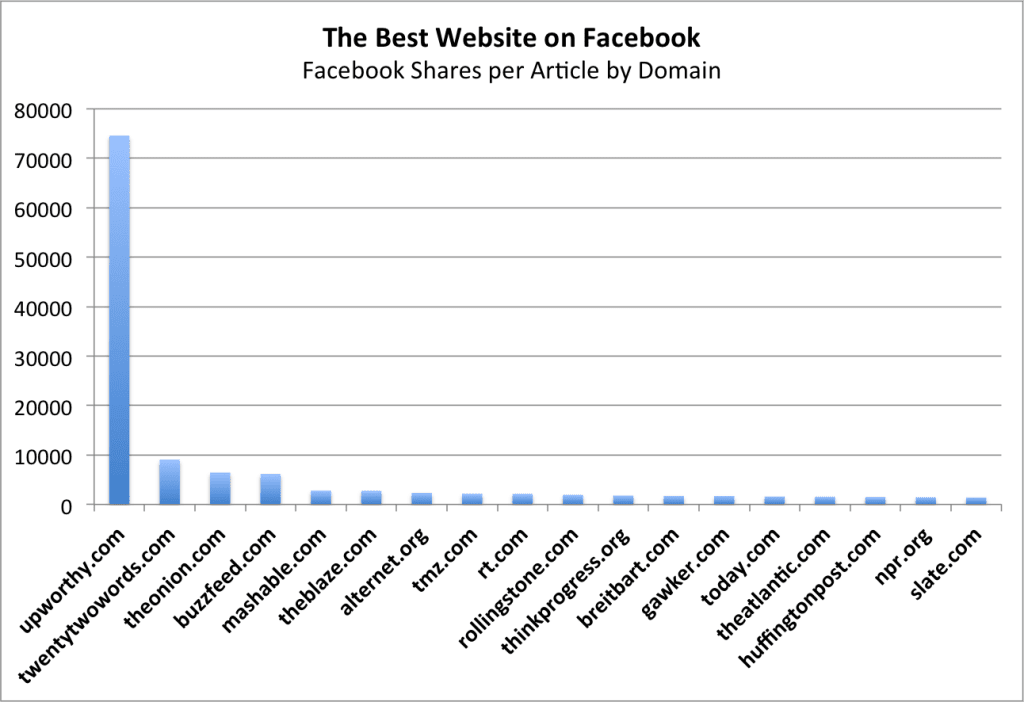

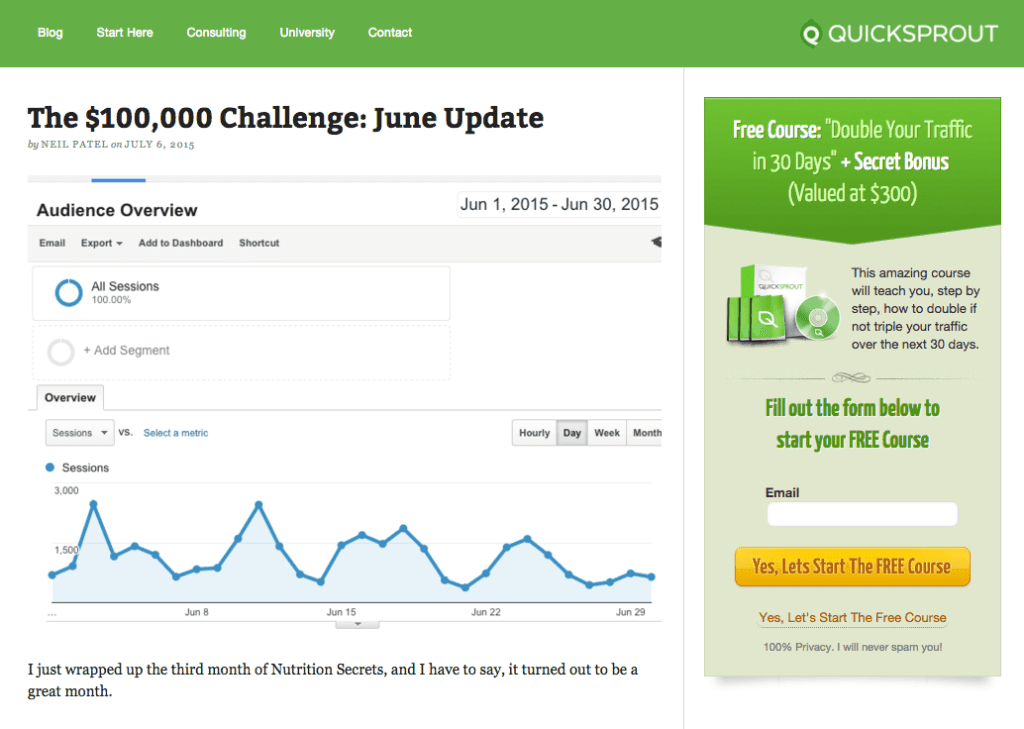
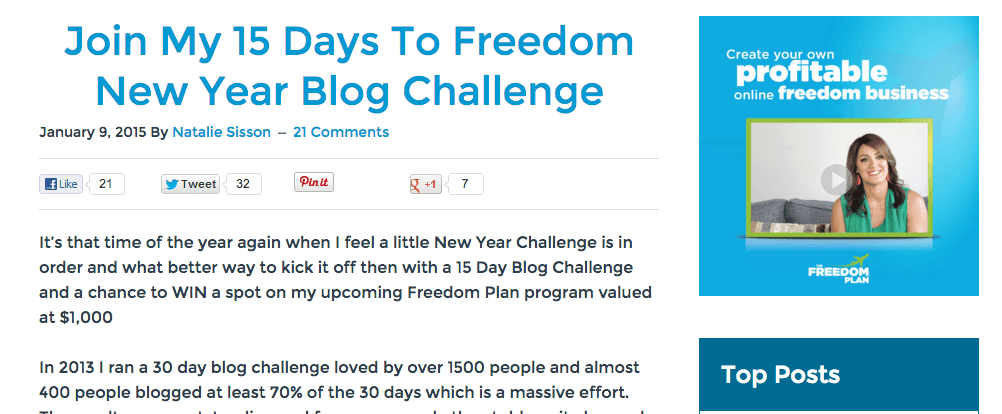
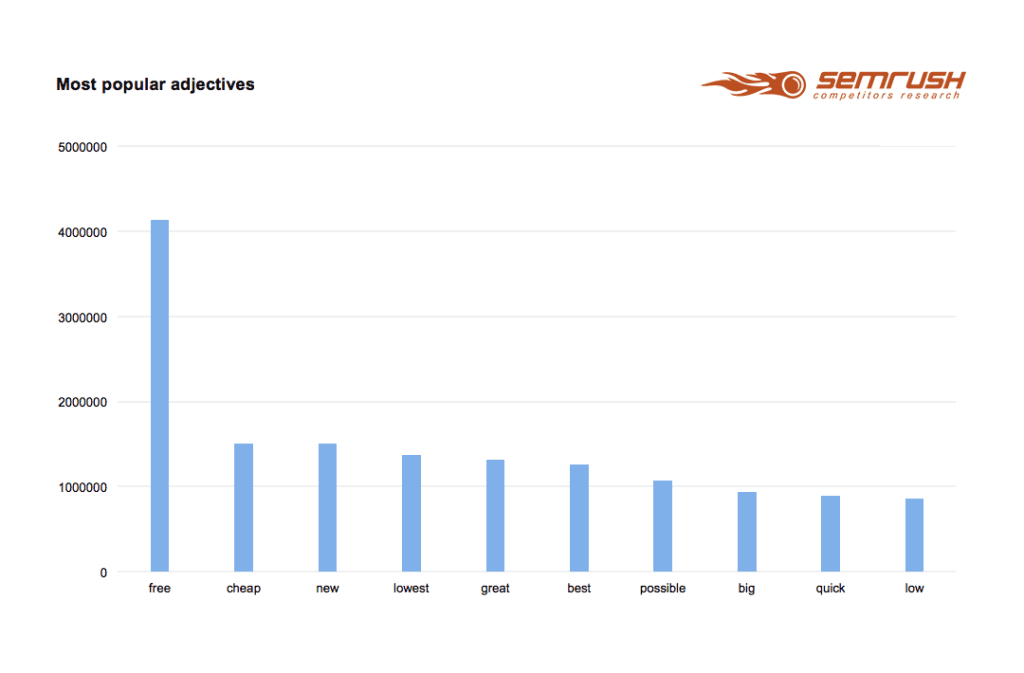
thank you for the valuable information.
This is such a valuable tip. It was nice to learn that visuals and free ebooks and resources tends to get the most engagements with Facebook advertising.
This has really encouraged me to promote a free blogging guide to attract more audience for my blog posts.